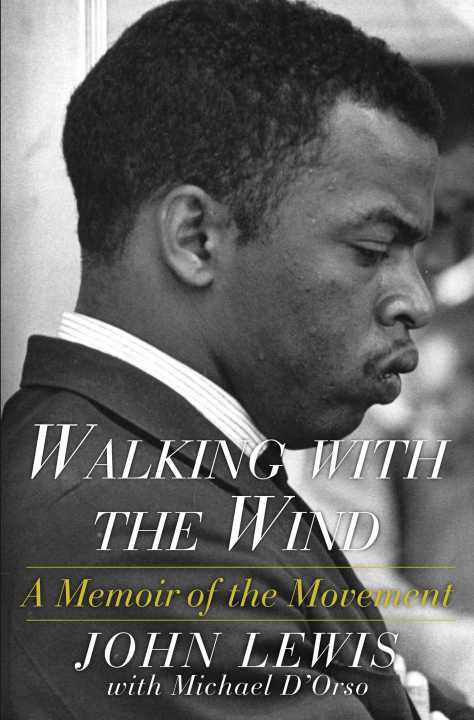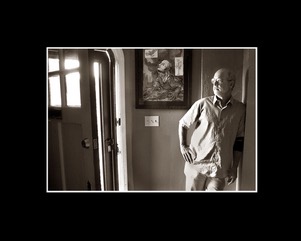PORTSMOUTH, Va. (WAVY) — Except for a title, the memoir Congressman John Lewis penned with former reporter Michael D’Orso was complete. For six months, D’Orso, based in Norfolk, traveled the South to record Lewis’s first-hand account of the civil rights movement that changed the nation.
As an aside, Lewis one day shared one more anecdote. It was a story that defined John Robert Lewis, the man, and the movement.
In the 1940s a tornado hit the home of Lewis’ aunt Seneva in Troy, Alabama. John and a dozen other young family members survived by literally walking with the wind as a twister threatened to lift their cabin from its foundation. In a recent interview, D’Orso described a frightening scene in which the family members escaped death.

“Aunt Seneva took the children and told everyone to hold hands. Everyone walked to the corner of the cabin to hold it down with the weight of their bodies and then another corner would lift and they would walk over to that corner, and [the title of the book] came to me right then: Walking with the Wind, D’Orso said.

The Lewis-D’Orso three-time best seller carefully chronicles the movement and the bloodshed that nearly killed the boy from Troy.
“There’s a famous photograph of him with blood splattered over his shirt, he was hit over the head with a Coca-Cola crate,” D’Orso said.
More coverage: Remembering John Lewis: Congress mourns loss of longtime colleague, civil rights icon
More coverage: Local leaders respond to the loss of civil rights leader, Congressman John Lewis
The young Lewis was arrested 40 times as an activist and 5 times as a member of Congress.
“People don’t realize he [as a young man] was in Parchman Prison — the most horrendous prison in the South. Several of the Freedom Riders spent a month — a month in this prison where they used electric cattle prods — the cells were an inch deep in water after the rain– this is not water you are going to drink — the hell that he went through.”
Lewis walked with the wind, once again, when he crossed the Edmund Pettus Bridge in Selma, Alabama, in March of 1965. The nation watched in horror as the young Freedom Rider was attacked by an Alabama state trooper. D’Orso describes an emotional scene 40 years later at the nation’s capital.

“That man [the state trooper] came to [the congressman’s] office 40 years later and apologized — came with his 10-year-old son, asked for his forgiveness — John not only forgave — he told the man he loved him. The kid started crying; all three of them wept as they embraced.”
D’orso remarked other members of the movement, including the late Julian Bond, the late James Bevel, and Diane Nash all said they were sure Lewis was going to die before the movement was over.
As the co-author reflects on the life and legacy of John Robert Lewis, there is sadness as he will never again reach out to the man who unselfishly shared decades of memories from Troy, Alabama, all the way to the halls of Congress.

“When it’s someone like John; it wasn’t just John who passed away. What goes away with John Lewis is the actual physical and tactile reality of someone walking amongst us. He’s the last Freedom Rider; he’s the last of so many things,” D’Orso said.











































































































